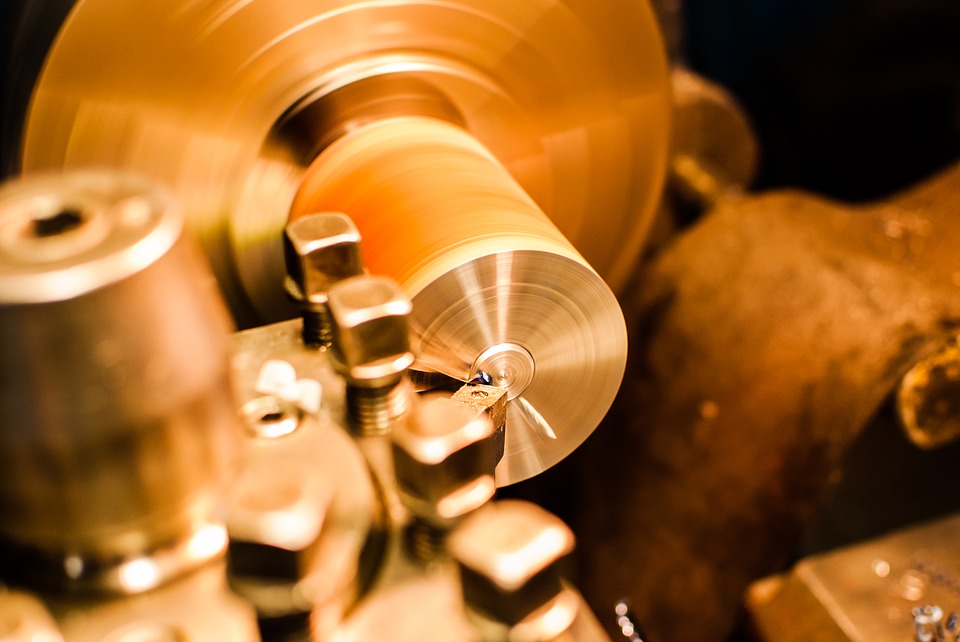
When developing a product, it is very valuable to create a prototype before starting large-scale production of the product. Advances in prototyping have helped the manufacturing industry to effectively prototype plastic prototypes nowadays. However, it can still be difficult to determine which manufacturing process to use to create the best plastic prototype for your part. After all, it is possible to use a 3D printing service to develop plastic prototypes for example. On the other hand, you could also decide to use CNC machining instead, which is often referred to as CNC prototyping when it is employed to produce prototypes. Read more about using CNC machines to create a plastic prototype below.
Advantages of CNC machining
CNC machining has the ability to be one of the fastest processes of creating a plastic prototype, although it does depend on the geometry. Usually multiple cutting tools are used by CNC machines during this process, while cutter paths are employed too. These are optimized for the particular cut that will have to be used to cut material of the workpiece, so the desired 3D prototype made of plastic will eventually be made. CNC machining or prototyping is very versatile, while it is also feasible for a large range of product size. On top of that, CNC machining is capable of creating complex parts and it can include threaded features too for example. These are a few of the biggest advantages of using CNC prototyping.
Plastic prototype
Once you have decided to use CNC machining as the manufacturing process that will create your plastic prototype, you will have to pick which material you are going to employ. This decision might be quite hard, as there are multiple types of plastics that can be used to produce the part you have designed in the past. In CNC prototyping, it is possible to opt for ABS (News - Alert) for example, although PC is a popular material too when it comes to plastic prototypes. Other options include acrylic and acetyl, which is also referred to as POM quite often. Besides that, your prototype can be made of PEEK or Teflon when you decide to use CNC machining to create the part.
3D printing
In some instances CNC machining can offer great advantages over other techniques, including 3D printing for example. Usually this mainly depends on the circumstances. Sometimes, subtractive manufacturing, which includes CNC machining, is just better suited to geometry than 3D printing, which is the main process of additive manufacturing. However, in other situations, one decides to use CNC machining as it might have better options or due to its dimensional tolerance capability. On the other hand, CNC prototyping can also be your manufacturing method of choice as it is able to achieve a specific appearance or finish, which is not possible with 3D printing. Also the heat deflection capability of a certain material or its structural integrity can be a reason for you to decide to use CNC machining instead of 3D printing or any other manufacturing method.
